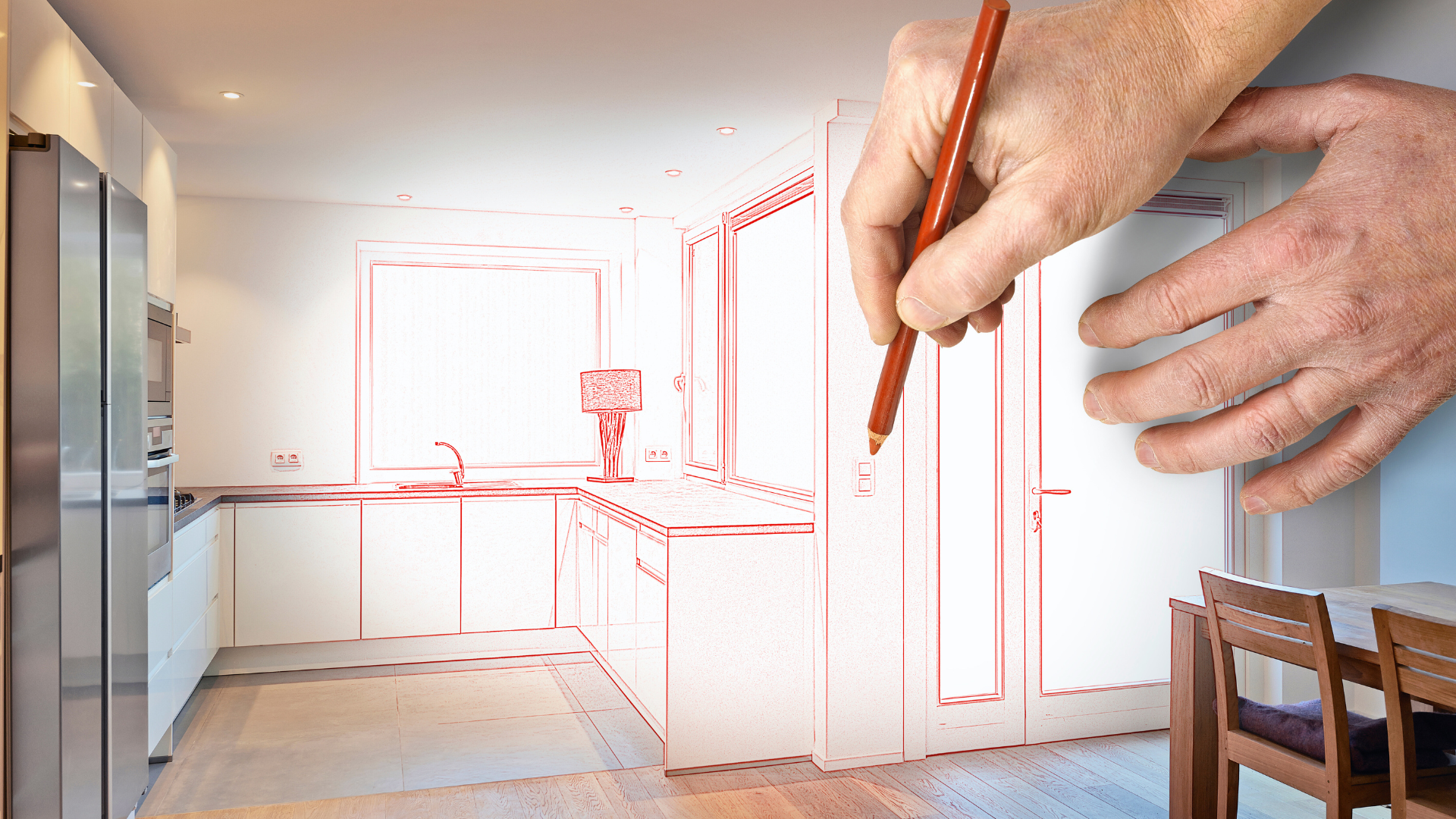Flipping houses can be a lucrative venture when approached with the right knowledge and strategy. Success in house flipping hinges on thorough research, understanding the market, and mastering the renovation process. By knowing how to identify undervalued properties, investors can maximize their returns and minimize potential losses.
Many aspiring flippers underestimate the importance of budgeting and planning. A well-structured plan that includes a timeline, budget for repairs, and an understanding of local real estate trends is essential. This approach not only aids in making informed decisions but also sets realistic expectations for profit margins.
For instance, analyzing real estate dynamics such as those in greene county mo real estate or elsewhere can significantly impact a flip’s success. This can also help in understanding the key factors such as neighborhood comps, buyer demand, and seasonal market shifts.
Engaging with experienced professionals, such as real estate agents and contractors, can provide valuable insights. They can help navigate challenges and refine strategies, allowing for a smoother flipping process. With the right tools and knowledge, flipping houses becomes a feasible path to financial success in real estate investing.
Getting Started as a Real Estate Investor
A solid foundation in understanding the housing market and managing finances is crucial for anyone aspiring to become a real estate investor. Knowledge in these areas will equip investors to make informed decisions and maximize their investments.
Understanding the Housing Market
Real estate investors must study local housing market trends. This includes monitoring average home prices, days on market, and inventory levels. Investors should focus on areas with high demand and low supply, as these factors often lead to greater returns.
Investors can benefit from analyzing the following:
- Comparable Sales: Review properties that have recently sold to gauge pricing.
- Market Segmentation: Identify submarkets within a region that may offer better opportunities.
- Economic Indicators: Keep an eye on employment rates, population growth, and local development plans.
Additionally, conducting online research provides a broader perspective on available properties. For example, searching online for “homes for sale in College Station, TX (or any desired location)” allows investors to review current listings, compare features and prices, and assess market competitiveness.
By mastering these elements, investors can identify potential properties for flipping and determine the optimal time to enter the market.
Calculating Finances and Costs
Financial assessment is vital in real estate investing. Investors must consider initial purchase costs, renovation budgets, and ongoing expenses. A clear understanding of these costs prevents unexpected financial pitfalls.
Key components to calculate include:
- Purchase Price: The cost at which the property is acquired.
- Renovation Costs: Accurate estimates for repairs and aesthetic improvements.
- Carrying Costs: Ongoing expenses like property taxes, insurance, and utilities during the renovation period.
Creating a detailed budget and sticking to it allows investors to gauge profitability accurately. Using spreadsheets or property analysis tools can help track these figures effectively.
One practical way to bridge the gap between acquisition and resale is to factor short-term financing into your budget, especially when timelines are tight. Many flippers rely on quick-closing, short-duration loans to cover purchase and rehab costs while renovations are underway.
Working with lenders who specialise in transitional property finance can reduce closing delays and keep projects on schedule; for those exploring options, companies like My Bridge Loan can outline typical terms and considerations for bridge financing. Building realistic financing fees and repayment plans into numbers prevents cashflow surprises during the hold period.
Executing Renovations and Repairs Effectively
Successful house flipping hinges on effective renovations and repairs. Careful planning and informed decision-making can lead to increased property value and quicker sales.
Planning and Budgeting for Renovations
A detailed plan is crucial before beginning any renovations. This entails identifying necessary repairs and aesthetic upgrades. A comprehensive checklist might include:
- Structural repairs: Roof, plumbing, and electrical systems
- Cosmetic upgrades: Paint, flooring, and fixtures
- Landscaping: Curb appeal improvements
Next, establishing a realistic budget is vital. Consider acquiring multiple quotes for materials and labor. Allocate funds wisely, ensuring to set aside a contingency of 10-15% for unexpected expenses.
Utilizing budgeting software or spreadsheets can assist in tracking costs and ensuring adherence to the budget. Prioritize renovations that yield the highest return on investment (ROI), like kitchen and bathroom remodels.
Hiring Contractors vs. DIY
Choosing between hiring professionals or undertaking DIY projects is a key decision. Hiring contractors offers expertise, efficiency, and saves time. It allows individuals to focus on other aspects of the renovation process. Additionally, licensed contractors often provide warranties on their work.
Another crucial factor to consider is safety. For example, if a property has a damaged roof, DIY repairs are generally not advisable. Roof work involves heights, steep angles, and other hazards, posing significant risks.
Therefore, engaging an experienced professional who specializes in roof replacement in Clearwater (or elsewhere) ensures the job is done safely, efficiently, and to a high standard, protecting both the property and the investor’s financial interests.
On the other hand, DIY can cut costs significantly but requires skill and commitment. It’s best suited for hands-on individuals comfortable with tools and techniques.
Before making a choice, consider the complexity of the project and personal experience. For instance, basic painting is often a manageable DIY task, while extensive renovations may necessitate a professional’s help. Balancing cost and quality is essential for a successful flip.
The Art of the Sale
Effective selling is crucial for successful house flipping. This involves staging the property to appeal to potential buyers and employing negotiation strategies to maximize profit.
Staging the Property for Buyers
Staging a home is essential to attract buyers in a competitive housing market. It creates an inviting atmosphere, allowing prospective buyers to envision their lives in the space.
Key staging tips include:
- Decluttering: Remove personal items and excess furniture to create a clean and spacious feel.
- Depersonalizing: Neutral colors and generic decor help buyers imagine their own style.
- Highlighting Key Features: Focus on the property’s strengths, such as a spacious kitchen or large backyard.
Proper staging can lead to quicker sales and oftentimes, a higher selling price.
Negotiation Strategies for Maximum Profit
Negotiation plays a critical role in selling flipped houses. Knowing how to effectively negotiate can greatly influence the final sale price.
Effective strategies include:
- Researching Comparable Sales: Understand local market trends to justify price points.
- Setting a Competitive Asking Price: A well-researched price can spark buyer interest while leaving room for negotiation.
- Being Open to Back-and-Forth: Flexibility can strengthen buyer trust, encouraging a smoother negotiation process.
Implementing these strategies enhances the likelihood of achieving a more profitable sale.

